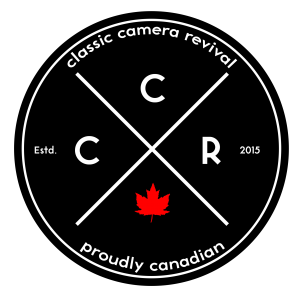Continuing with our love of chemistry in part two we dig into some of the older and stranger developers. While many of these are speciality they are rather common in our own chemistry cabinets and they include the likes of the alphabet soup that is HC-110, the oldest commercial developer Rodinal, and the rather toxic Pyrocat-HD.
Kodak HC-110
Kodak’s HC-110 developer is a strange creature, released with little fanfare in 1962 with a small article in a photography magazine, the developer became an instant classic. It’s best known as the developer of choice for Ansel Adams. And while most Kodak Developers had the letter D (D-110), there has been a lot of speculation as to why they used HC instead. Unlike previous developers, HC-110 also came in liquid form which you could mix to a stock solution and then from there to a working solution. It also used letter designators for the different dilutions. The most common of these is Dilution B, but there is also A, C, D, E, and G, and unofficial dilutions in H, J, and M. Now you don’t have to mix down from the stock solution, most photographers these days will mix directly from the syrup. Thankfully there are numerical dilutions associated with each, Dilution B is 1+31 and Dilution H is 1+63, also Dilution H is a great alternative to Dilution B, all you do is double the developing time for B and you have the time for H. Dilution J is one that you can use for semi-stand developing it’s mixed at 1+150 and the starting point is forty-five minutes, if you want something longer go with Dilution M (1+250) and let it semi-stand for sixty to ninety minutes.
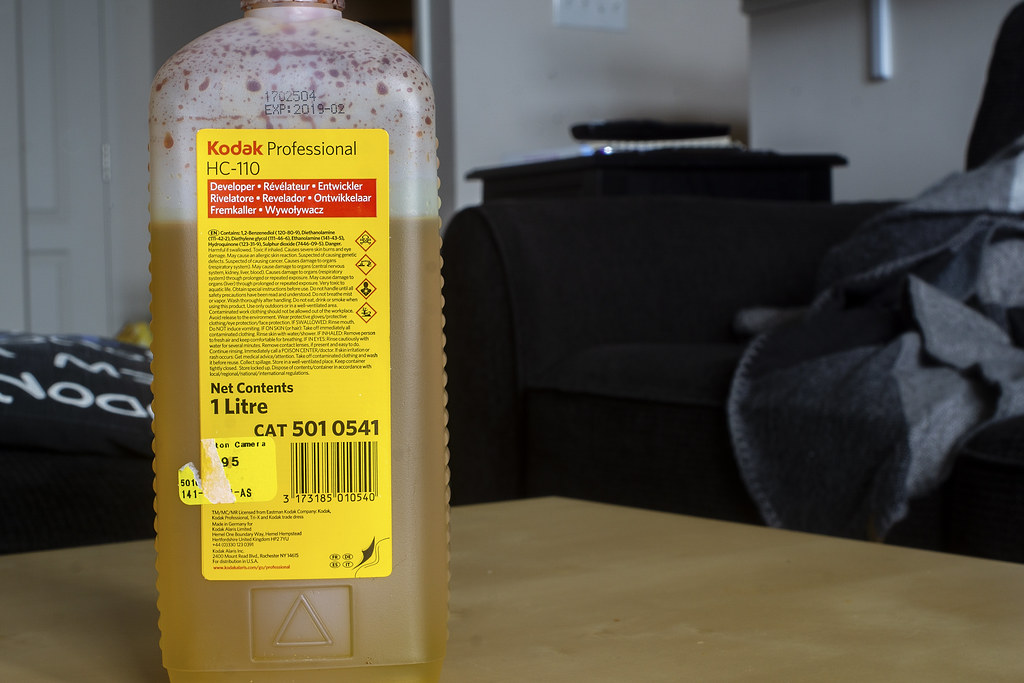
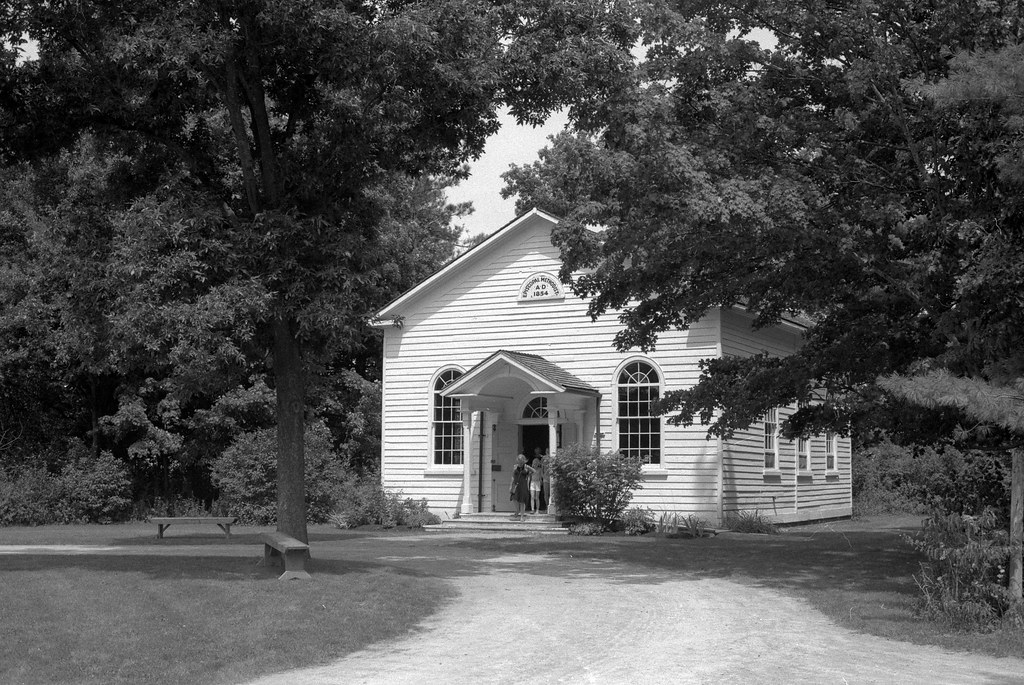

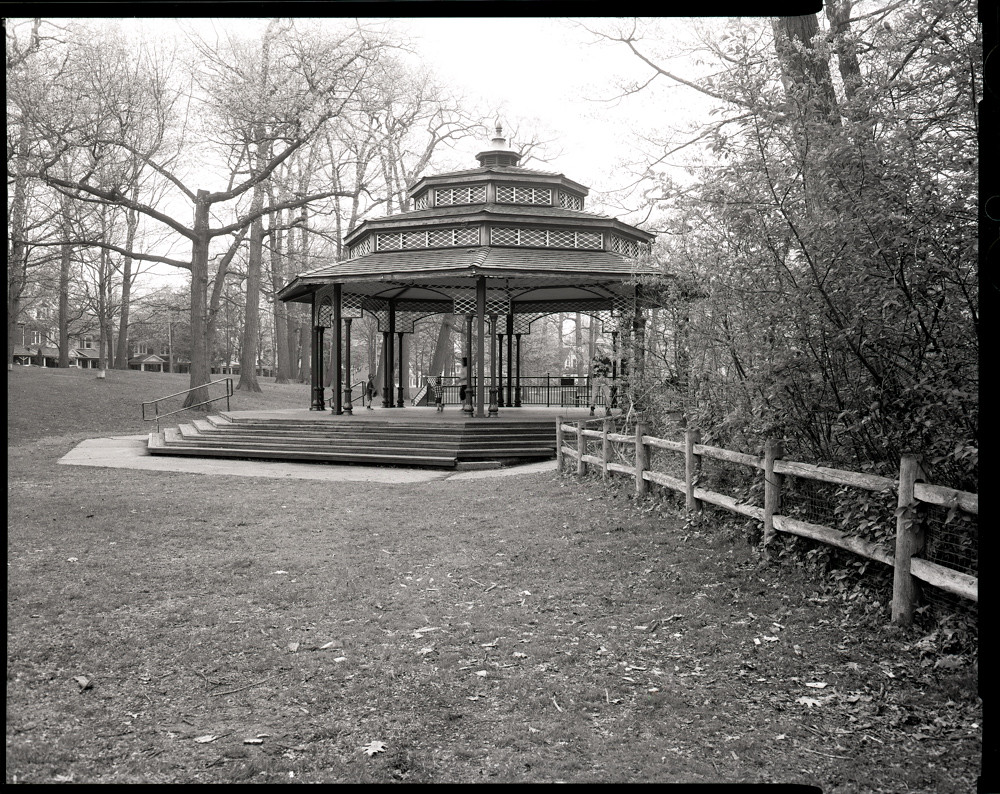
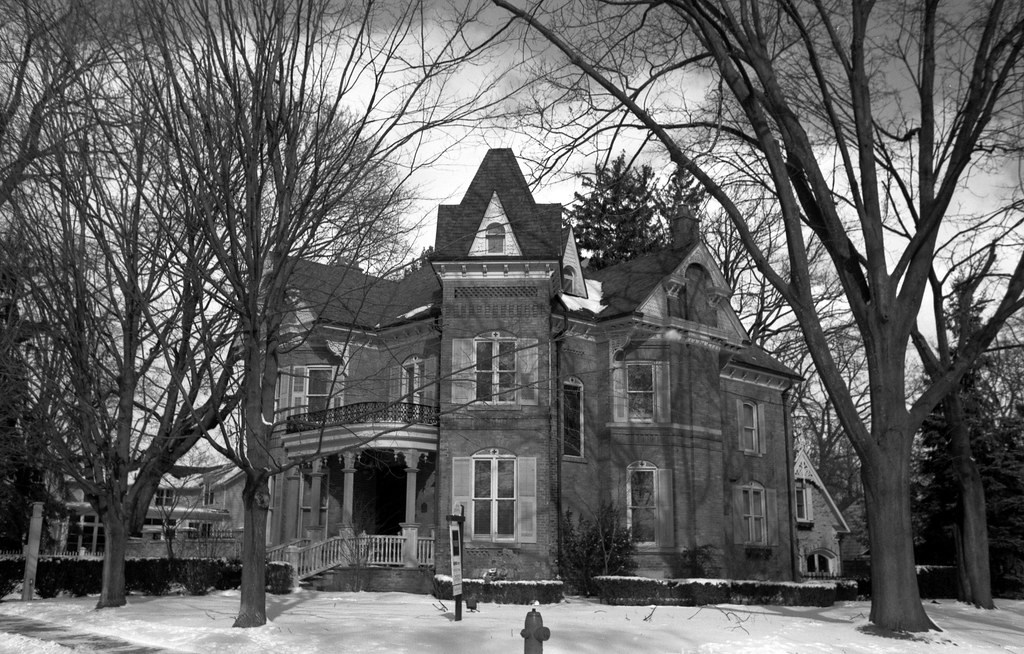
Rodinal
Invented in 1891 by Dr Monne Anderesen who wanted to come up with a developer that did not rely on hydroquinone, Rodinal is the oldest commercial developer still on the market. Dr Anderesen started working for Agfa in 1880 and started out working on improvements to both developers and fixers, and by 1889 had become the head of Agfa’s Research & Development group. Rodinal is based on Aromatic Amines, specifically p-aminophenol (H2NC6H4OH). The developer, known as Rodinal first saw a patient on the 27th of January 1891. The developer produced a sharp negative and usually used in 1+25 and 1+50 dilutions for standard developing but it also allowed for stand developing in 1+100 for an hour or 1+200 for two hours. The developer is highly concentrated and lasts for a long time. In fact, back in 2018, a bottle of Rodinal manufactured in 1917 was used to develop film, and it worked! Today Rodinal is available under many different names, such as Blazinal, Adonal and R09 OneShot.




Pyrocat-HD
Despite being introduced in 1996 and invented by Sandy King, Pyrocat-HD is based on developers even older than Rodinal. Pyro developers have been used since 1851 and were used for wet plate and are highly toxic. Best to use gloves when handling the stuff. Pyrocat-HD is still toxic but is less toxic than most pyro developers. Sandy set out to produce a new pyro developer that worked faster than PMK Pyro, provided a semi-compensating and high acutance developer with less fog. It also provided consistent staining and better film speeds. While you can mix the developer up yourself, you can also buy it in ready made kits from Argentix and Photographer’s Formulary.
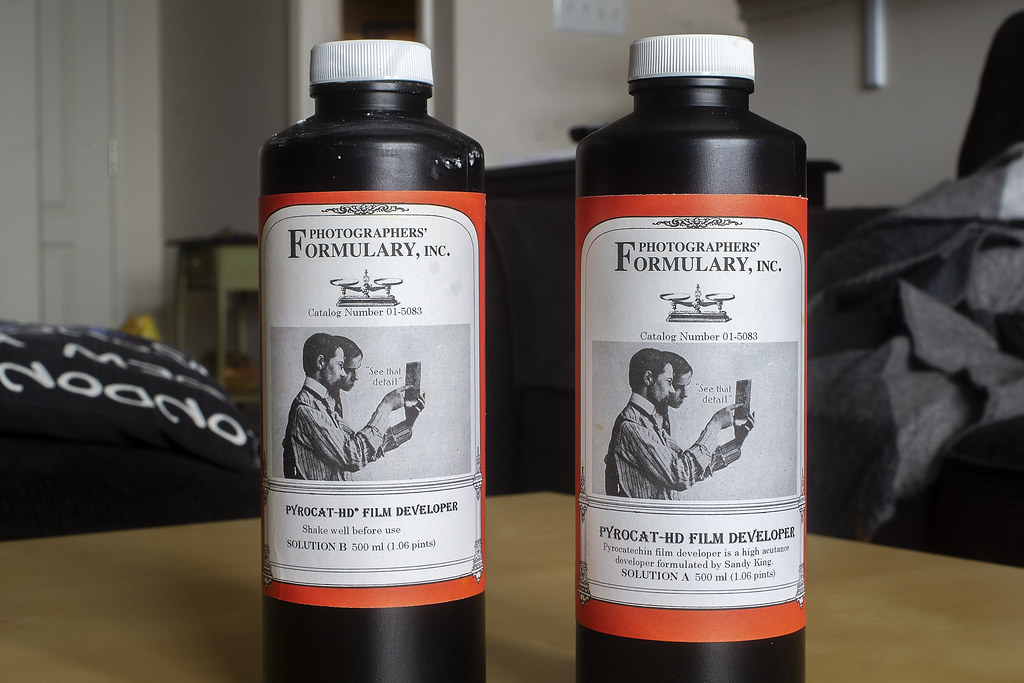



Pyrocat-HD – Part A
- 750mL Water
- 10g Sodium Metabisulfate
- 50g Pyrocatchin
- 2g Phenidone
- 1g Potasium Bromide
- Water to make up to 1L
Pyrocat-HD – Part B
- 700mL Water
- 750g Potassium Carbonate
- Water to make up to 1L
But don’t worry we’re not done with the chemical fix just yet, stay tuned later this year for Part Three when we dig into some of the developers offered by Ilford such as DD-X, HC, Perceptol and Microphen!
Looking for a good spot to get your gear and material fix check out Burlington Camera (Burlington, ON), Downtown Camera (Toronto, ON), Film Plus (Toronto, ON), Belle Arte Camera (Hamilton, ON), Pond’s FotoSource (Guleph, ON), Foto Art Camera (Owen Sound, ON). Out West there’s The Camera Store (Calgary, AB) and Beau Photo Supply (Vancouver, BC). Additionally you can order online at Argentix (Quebec), buyfilm.ca (Ontario), the Film Photography Project or Freestyle Photographic. Looking for development options, check out these labs that have our support, Boréalis Photo Lab, Old School Photo Lab, The Darkroom, and Film Rescue International.
Also you can connect with us through email: classiccamerarevivial[at]gmail[dot]com or by Facebook, we’re at Classic Camera Revival, Twitter @ccamerarevival, and Instagram (@classiccamerarevival)!
